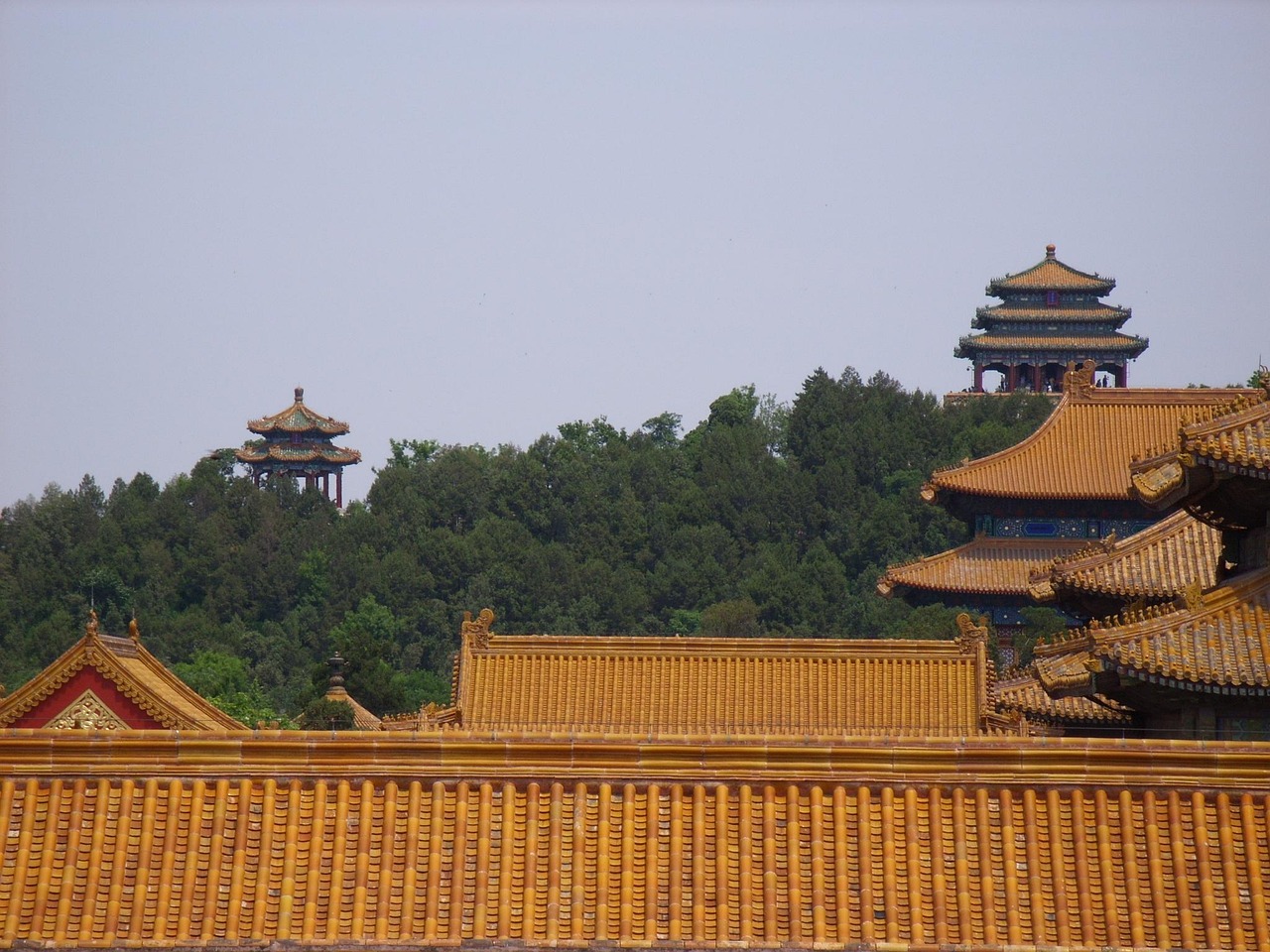The Yuan Dynasty (1271-1368) was a pivotal period in Chinese history, marking the first time China was fully ruled by a foreign power—the Mongols. Founded by Kublai Khan, the grandson of Genghis Khan, the Yuan Dynasty played a crucial role in shaping China’s political, cultural, and economic landscape. This article explores the history, key facts, and major achievements of the Yuan Dynasty, shedding light on its lasting legacy.
Historical Background
The Yuan Dynasty emerged from the Mongol conquests of China during the 13th century. After decades of military campaigns, Kublai Khan completed the conquest of the Song Dynasty in 1279, unifying China under Mongol rule. He proclaimed himself Emperor of China in 1271 and established the Yuan Dynasty with its capital in Dadu (modern-day Beijing).
Despite Mongol origins, Kublai Khan adopted many Chinese governing practices and sought to integrate Mongol and Chinese traditions. However, Mongol rule remained distinct, with strict social hierarchies and preferential treatment for Mongols over the Han Chinese population.
Key Facts About the Yuan Dynasty
- Founding Emperor: Kublai Khan (Reigned 1271-1294)
- Capital: Dadu (present-day Beijing)
- Official Language: Mongolian and Chinese
- Religion: Religious tolerance, with Buddhism, Islam, and Taoism flourishing
- End of Dynasty: Overthrown by the Ming Dynasty in 1368
Major Achievements of the Yuan Dynasty
1. Expansion and Unification of China
Kublai Khan’s conquest of the Song Dynasty led to the first unification of all of China under Mongol rule. This period witnessed significant territorial expansion and strengthened China’s role in global trade and diplomacy.
2. The Grand Canal and Infrastructure Development
The Yuan Dynasty invested heavily in infrastructure, improving the Grand Canal to facilitate trade between northern and southern China. Extensive road networks and postal relay systems enhanced communication across the vast empire.
3. Establishment of a Multiethnic Administration
The Yuan Dynasty adopted a hierarchical class system:
- Mongols (ruling elite)
- Semu (Central Asians, Persians, and other foreigners)
- Han Chinese (northern Chinese population)
- Southern Chinese (former Song subjects)
This system ensured Mongol dominance while incorporating diverse groups into the administration.
4. Cultural and Scientific Advancements
The Yuan Dynasty was a period of cultural exchange, influenced by the Mongols’ vast empire. Advances in astronomy, medicine, and engineering flourished. The renowned Persian astronomer Jamal al-Din introduced Islamic astronomy to China, leading to advancements in celestial observations.
5. Marco Polo and the Spread of Yuan Influence
Venetian explorer Marco Polo visited China during Kublai Khan’s reign and documented his experiences in The Travels of Marco Polo. His accounts introduced Europe to Yuan China’s wealth, administration, and innovations, fostering interest in trade with Asia.
6. Flourishing of Trade Along the Silk Road
Under the Yuan Dynasty, the Silk Road reached new heights, facilitating trade between China, the Middle East, and Europe. Goods such as silk, porcelain, and spices were exchanged, while new technologies and ideas flowed between cultures.
7. Religious Tolerance and the Spread of Buddhism
The Yuan rulers supported various religions, including Buddhism, Islam, and Christianity. Tibetan Buddhism, in particular, gained prominence, and Kublai Khan maintained close ties with Tibetan lamas.
Decline and Fall of the Yuan Dynasty
Despite its achievements, the Yuan Dynasty faced internal strife, economic struggles, and widespread resentment among the Han Chinese population. Excessive taxation, inflation, and natural disasters weakened Mongol rule. The Red Turban Rebellion, led by Zhu Yuanzhang, ultimately resulted in the Yuan Dynasty’s overthrow and the Ming Dynasty’s establishment in 1368.
The Lasting Legacy of the Yuan Dynasty
The Yuan Dynasty left a profound impact on Chinese history. It solidified Beijing as China’s political center, promoted cultural exchanges along the Silk Road, and introduced administrative reforms that influenced subsequent dynasties. While Mongol rule was short-lived, its influence on trade, governance, and cultural diversity remains a vital chapter in China’s history.
The Yuan Dynasty was a transformative era that connected China with the rest of the world. From grand infrastructure projects to thriving trade and cultural exchanges, its legacy continues to shape China’s historical and global significance. Understanding this Mongol-ruled period provides valuable insights into the complex evolution of Chinese civilization.





